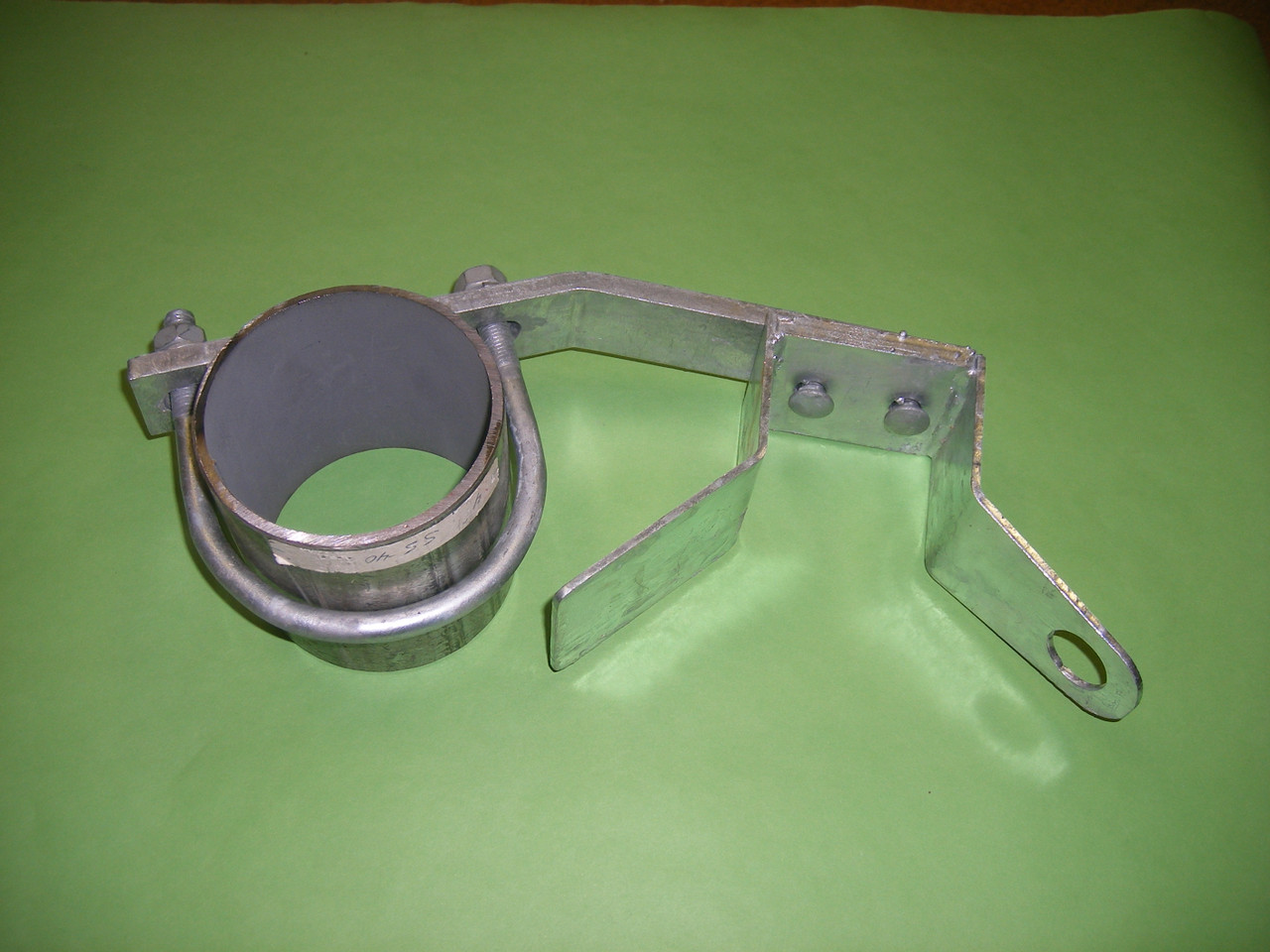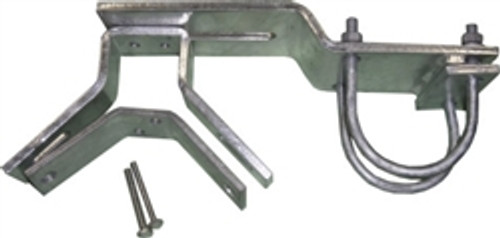Product Description
Manual Nesting Cantilever Gate Latches — Chain Link Slide Gates (Galvanized)
- Secure “Nest” Capture — Receiver cradles the cantilever gate frame end for a positive, rattle-resistant hold
- Manual, Low-Failure Design — No springs or moving arms to fatigue; dependable in dust, ice, and high-traffic yards
- Heavy-Gauge, Galvanized Steel — Zinc-coated components resist corrosion in year-round outdoor use
- Chain Link Ready — Forms a clean stop on a dedicated latch post aligned with the slide path
- Installer Friendly — Simple bolt-on/through-bolt mounting to steel posts and gate frames
- Professional-Grade — A fence-contractor staple for residential drives, light commercial entrances, and facility yards
These manual nesting latches give cantilever chain link gates a clean, secure stop without complex mechanisms. As the gate slides shut, the frame nests into a galvanized receiver mounted on the latch post, helping align the panel and reduce bounce-back. With no springs to fail and a corrosion-resistant build, they’re a reliable, field-proven choice for everyday sites where simplicity and durability matter.
Why Choose This
- Simplicity that lasts — Manual nest design stands up to weather and grit better than springed catches
- Consistent closure — Receiver geometry helps center the frame for smoother latching
- Easy retrofit — Common hole patterns and straightforward mounting on steel latch posts
Specifications
| Gate Type | Cantilever sliding chain link gates | |
| Material / Finish | Heavy-gauge galvanized steel (zinc-coated) | |
| Mounting | Bolt-on or through-bolt to a latch post aligned with the slide path | |
| Operation | Manual; gate frame end “nests” into receiver; no springs | |
| Typical Usage | Residential driveways, light commercial yards, facility entrances | |
Installation
Set and plumb a dedicated latch post parallel to the gate’s travel. With the gate level and at full close, position the nesting receiver to capture the frame end squarely; mark and drill for bolts. Fasten the receiver, confirm that the gate slides cleanly into the nest without binding, then tighten hardware. For padlocking, add your preferred exterior-rated lock to the keeper point (if used) and confirm latch engagement before service.
Buying Guide
- Match your system: Choose a manual nesting latch when you want simple, low-maintenance closure on cantilever slides. For rolling slide or ground-wheel gates, see our Roll-Over (Rollo) Latch option.
- Plan the latch post: Use a post size and footing suited to your gate width and wind exposure; align it precisely with the slide path.
- Finish the system: Pair with appropriate carriers and guide brackets from your cantilever kit; verify smooth travel before final latch placement.
Frequently Asked Questions
- Will this work on a rolling (ground-wheel) slide gate?
- It’s designed for cantilever sliding gates. Rolling slide gates typically use different latch styles.
- Does it self-latch?
- It’s a manual nest. The gate slides into a receiver; add a padlock or keeper as required by your site.
- Can I mount it to wood or masonry?
- These receivers are commonly mounted to steel latch posts. If mounting to other materials, use appropriate anchors and verify structural capacity.
- What maintenance is needed?
- Periodically check bolt tightness and keep the receiver clear of debris so the frame nests smoothly.
Comparison
- Manual Nesting (this item): Simple, durable receiver for cantilever slide gates; minimal moving parts.
- Roll-Over / Rollo Latch: Common on rolling slide gates; uses a pivoting catch that rides over a keeper.
- Double-Drive Drop Rod: For swing gates, not sliding systems; secures leaves to the ground.
Need help confirming compatibility with your cantilever kit and latch-post layout? Contact us—we’ll help you dial in the right hardware and placement for smooth, secure operation.







